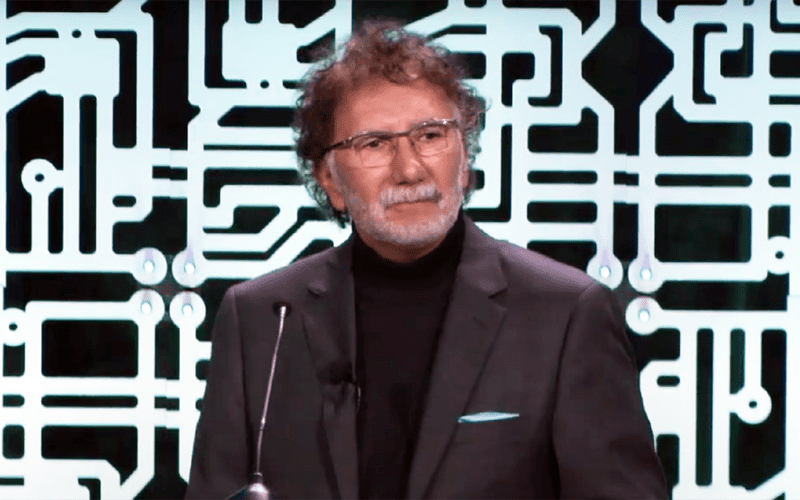
During his seventh annual ‘State of the Port’ address, which was given Jan. 17 in front of an audience of about 800, Port of Long Beach Chief Executive Officer Cordero announced that construction is expected to begin this year on the port’s Pier B On-Dock Rail Support Facility, which aims to move cargo more quickly, make the port more competitive and improve the environment for nearby communities.
As the centerpiece of the POLB’s on-dock rail projects, the Pier B On-Dock Rail facility would move freight faster and more sustainably, Cordero said.
Specifically, he remarked, it would double the size of the existing Pier B rail yard to 171 acres and more than triple the volume of on-dock rail capacity handled annually to 4.7 million twenty-foot equivalent units (TEUs).
The port has said that more than 1,100 construction-related jobs would be created by the $1.567 billion project, which is being built in phases and is scheduled for completion in 2032. So far, the POLB has secured $643 million in federal, state and local grant funding to help complete the facility – more than $500 million of which was awarded in 2023.
In all, more than $792 million in grants from federal, state and local sources were secured in 2023, marking a record year of public investments for infrastructure, security and clean air initiatives that will further the Port of Long Beach’s goal to transition to zero-emission cargo handling by 2030 and zero-emissions trucking by 2035.
“At the end of this decade, the Port of Long Beach will be on the cusp of not only operational transformation given our rail investment, but also environmental transformation – to a zero-emission port,” Cordero said.
The executive also said he anticipates additional funding over the coming year for several projects, including Long Beach’s effort to develop a “hydrogen hub” that would fuel cargo-handling equipment with zero-emissions technology.
Additionally, the port has said that progress is expected to continue through the next year to develop Pier Wind, a proposed 400-acre terminal designed to facilitate the assembly of offshore wind turbines, which would be towed to wind farms in the ocean off the Central and Northern California coasts.
If approved, the project would be the largest facility of its kind in the nation and would help California meet its goals for renewable energy sources. In 2022, Gov. Gavin Newsom set benchmarks for the state to reach 90% clean electricity by 2035 and 95% by 2040, moving toward California’s previously established goal of 100% by 2045. This means energy would come in part from renewable sources, including solar and wind.
Regarding container volumes, Long Beach ended 2023 with more than 8 million TEUs moved, a 12.2% decline from 2022 and slightly ahead of pre-pandemic levels reported in 2019. Imports declined 12.7% to 3.8 million TEUs and exports decreased 9.4% to 1.28 million TEUs. The number of empty containers moved through the port annually fell 12.7% in 2023 to 2.93 million TEUs, according to port data.

